Home>Home Appliances>Laundry Appliances>How Does A Coin-Operated Washing Machine Work


Laundry Appliances
How Does A Coin-Operated Washing Machine Work
Modified: March 2, 2024
Learn how coin-operated washing machines work and the technology behind these laundry appliances. Discover the inner workings and mechanisms. Ideal for commercial and public laundry facilities.
(Many of the links in this article redirect to a specific reviewed product. Your purchase of these products through affiliate links helps to generate commission for Storables.com, at no extra cost. Learn more)
Introduction
Coin-operated washing machines have revolutionized the way people do their laundry. These innovative appliances provide a convenient and cost-effective solution for individuals who do not have access to a personal washing machine or prefer the flexibility of using a self-service laundry facility. Whether you're a college student living in a dormitory, a tenant in an apartment building, or a traveler staying at a hotel, coin-operated washing machines offer a practical and efficient means of keeping your clothes clean and fresh.
In this article, we will delve into the inner workings of coin-operated washing machines, exploring the various components that enable these appliances to function seamlessly. From the coin mechanism operation to the intricate washing cycle process, we will uncover the mechanics behind these machines, shedding light on the technology that powers their performance.
Understanding the operation of coin-operated washing machines not only satisfies our curiosity about how these appliances work but also equips us with valuable knowledge that can enhance our laundry experience. By gaining insight into the maintenance and troubleshooting of these machines, we can ensure their optimal performance and longevity, ultimately maximizing their utility and convenience.
Join us on this journey as we unravel the fascinating world of coin-operated washing machines, unraveling the mechanisms that make them indispensable in our daily lives. Let's embark on an exploration of the inner workings of these appliances, uncovering the intricate processes that transform soiled garments into clean, fresh laundry.
Key Takeaways:
- Coin-operated washing machines use a coin mechanism to start the washing cycle, ensuring seamless payment processing and user convenience. Understanding their operation enhances the laundry experience and promotes accessibility.
- The washing cycle in coin-operated machines involves water filling, agitation, rinsing, spin cycle, and drainage, delivering thorough cleaning while optimizing water and energy efficiency. Proper maintenance and troubleshooting are essential for maximizing their performance and longevity.
Components of a Coin-Operated Washing Machine
A coin-operated washing machine comprises several essential components that work in harmony to deliver efficient and reliable laundry services. Understanding these components provides valuable insight into the intricate mechanisms that power these appliances.
-
Washing Drum: At the heart of the washing machine is the drum, where the laundry is loaded for cleaning. The drum rotates during the washing cycle, agitating the clothes and facilitating the removal of dirt and stains.
-
Water Inlet Valve: This valve controls the flow of water into the washing machine. When the washing cycle begins, the water inlet valve opens to allow the entry of water into the drum, ensuring the proper level of water for the wash.
-
Detergent Dispenser: Coin-operated washing machines are equipped with a detergent dispenser that releases the appropriate amount of detergent into the drum at the start of the washing cycle. This ensures that the laundry is effectively cleaned.
-
Coin Mechanism: The coin mechanism is a crucial component that enables users to initiate the washing cycle by inserting coins. It includes a coin slot, coin validator, and control board, allowing for seamless operation and payment processing.
-
Control Panel: The control panel features a user interface with buttons or a digital display, enabling users to select the desired wash cycle and make any additional settings, such as water temperature and spin speed.
-
Motor: The motor powers the drum's rotation and other mechanical functions of the washing machine. It plays a pivotal role in driving the washing cycle and ensuring thorough cleaning of the laundry.
-
Drain Pump: Once the washing cycle is complete, the drain pump expels the used water from the drum, preparing the machine for the rinse cycle. This component facilitates the efficient removal of dirty water from the washing machine.
-
Spin Basket: During the spin cycle, the spin basket rapidly rotates to extract excess water from the laundry, reducing drying time and enhancing the overall efficiency of the washing process.
Understanding the intricate interplay of these components provides a comprehensive view of the inner workings of a coin-operated washing machine. Each element contributes to the seamless operation of the appliance, ensuring that users can conveniently and effectively clean their laundry with ease.
Coin Mechanism Operation
The coin mechanism in a coin-operated washing machine is a pivotal component that facilitates the seamless initiation of the washing cycle. Its operation involves a series of intricate processes designed to ensure reliable payment processing and user convenience.
Coin Validation
Upon inserting coins into the designated slot, the coin mechanism initiates the validation process. The inserted coins are evaluated by a coin validator, which verifies their authenticity and denomination. This crucial step ensures that only valid coins are accepted, preventing the use of counterfeit or incorrect currency.
Payment Processing
Once the coins are validated, the coin mechanism processes the payment, signaling the control board to authorize the start of the washing cycle. This seamless payment processing mechanism enables users to effortlessly initiate the laundry process, providing a hassle-free experience at self-service laundry facilities.
Read also: 8 Amazing Coin Operated Washer For 2024
User Interface Integration
The coin mechanism is seamlessly integrated with the washing machine's user interface, allowing users to interact with the payment system effortlessly. Whether through a traditional coin slot or a digital payment interface, the coin mechanism ensures that users can conveniently access the washing machine's services, promoting accessibility and ease of use.
Maintenance and Security
In addition to its primary function of processing payments, the coin mechanism is designed with maintenance and security features. Regular maintenance ensures the proper functioning of the coin mechanism, preventing malfunctions and disruptions in payment processing. Furthermore, security measures are implemented to safeguard against tampering or unauthorized access, maintaining the integrity of the payment system.
User Experience Enhancement
The efficient operation of the coin mechanism contributes to an enhanced user experience, allowing individuals to access the washing machine's services with ease and confidence. By streamlining the payment process, the coin mechanism promotes user satisfaction and convenience, making self-service laundry facilities a practical and reliable solution for individuals seeking efficient laundry solutions.
In essence, the coin mechanism operation in a coin-operated washing machine is a sophisticated process that harmonizes payment processing, user interface integration, maintenance, security, and user experience enhancement. Its seamless operation ensures that users can access the appliance's services effortlessly, underscoring the integral role of the coin mechanism in the functionality and accessibility of coin-operated washing machines.
Washing Cycle Process
The washing cycle process in a coin-operated washing machine is a meticulously orchestrated sequence of events designed to deliver thorough and effective cleaning of laundry. Understanding the intricacies of this process provides valuable insight into the technology that powers these appliances and ensures the optimal care of garments.
-
Water Filling and Detergent Dispensing: The washing cycle commences with the water inlet valve opening to allow the entry of water into the drum. Simultaneously, the detergent dispenser releases the appropriate amount of detergent, ensuring that the laundry is effectively cleansed.
-
Agitation and Soaking: Once the drum is filled with water and detergent, the washing machine's motor initiates the agitation process. The drum rotates, causing the laundry to move and agitate in the soapy water, facilitating the removal of dirt and stains.
-
Rinsing: Following the agitation phase, the washing machine drains the soapy water and refills the drum with clean water for the rinsing cycle. This step ensures the thorough removal of detergent residue from the laundry, leaving it fresh and clean.
-
Spin Cycle: After the rinsing process, the washing machine enters the spin cycle. The motor drives the spin basket to rapidly rotate, extracting excess water from the laundry. This efficient water extraction reduces drying time and enhances the overall effectiveness of the washing process.
-
Final Drainage: Once the spin cycle is complete, the drain pump expels the used water from the drum, preparing the washing machine for the next laundry load. This final drainage step ensures that the appliance is ready for subsequent wash cycles.
The seamless orchestration of these processes underscores the advanced technology and engineering behind coin-operated washing machines. From water filling and agitation to rinsing, spinning, and drainage, each phase of the washing cycle is meticulously designed to deliver exceptional cleaning results while optimizing water and energy efficiency.
By gaining insight into the washing cycle process, users can appreciate the precision and care that goes into maintaining their garments' cleanliness. This understanding also underscores the importance of selecting the appropriate wash cycle settings to suit different fabric types and soil levels, ensuring that laundry receives the optimal care it deserves.
In essence, the washing cycle process in a coin-operated washing machine exemplifies the fusion of technology and functionality, delivering a seamless and effective laundry experience for users across various settings, from laundromats to multi-housing facilities.
Drainage and Spin Cycle
The drainage and spin cycle in a coin-operated washing machine marks the culmination of the washing process, playing a crucial role in preparing the laundry for the subsequent drying phase. This phase involves a seamless transition from the rinsing process to the efficient extraction of excess water, ensuring that the laundry is primed for the next steps in the laundry care routine.
Efficient Drainage
As the rinsing cycle concludes, the washing machine initiates the drainage process to expel the used water from the drum. The drain pump, a vital component of the appliance, swiftly removes the water, preparing the laundry for the subsequent spin cycle. This efficient drainage mechanism ensures that the laundry is free from residual water, setting the stage for the final phase of the washing process.
Rapid Spin Cycle
Following the drainage process, the washing machine seamlessly transitions into the spin cycle. The motor powers the spin basket to rapidly rotate, leveraging centrifugal force to extract excess water from the laundry. This high-speed spinning action effectively reduces the moisture content in the garments, facilitating shorter drying times and enhancing overall laundry efficiency.
Water Extraction and Energy Efficiency
The spin cycle's primary objective is to extract as much water as possible from the laundry, significantly reducing the moisture content before the garments are transferred to the dryer. This water extraction not only expedites the drying process but also contributes to energy efficiency, as the dryer requires less time and energy to complete the drying cycle.
Read more: How Does A Power Washer Work
Garment Care and Maintenance
The spin cycle's gentle yet effective water extraction process underscores its role in preserving garment integrity. By minimizing the moisture retained in the laundry, the spin cycle aids in preventing potential damage to delicate fabrics and ensures that the garments emerge from the washing machine in optimal condition, ready for the subsequent drying and folding.
User Experience Enhancement
From a user perspective, the seamless operation of the drainage and spin cycle enhances the overall laundry experience. The efficient water removal and energy-saving benefits of the spin cycle contribute to user satisfaction, making the laundry process more convenient and cost-effective for individuals utilizing coin-operated washing machines.
In essence, the drainage and spin cycle in a coin-operated washing machine represents the culmination of the washing process, showcasing the appliance's advanced technology and commitment to efficient laundry care. This phase not only prepares the laundry for the subsequent drying process but also underscores the appliance's role in delivering exceptional cleaning results while promoting energy efficiency and user convenience.
Maintenance and Troubleshooting
Proper maintenance is essential for ensuring the optimal performance and longevity of coin-operated washing machines. Regular upkeep and timely troubleshooting can prevent potential issues, minimize downtime, and maximize the appliance's efficiency. Here's a comprehensive guide to maintenance and troubleshooting for these innovative laundry appliances:
Regular Maintenance
- Cleaning the Detergent Dispenser and Drum: Regularly cleaning the detergent dispenser and drum helps prevent the buildup of detergent residue and lint, ensuring optimal washing performance.
- Inspecting and Cleaning the Water Inlet Valve: Periodically inspecting and cleaning the water inlet valve prevents clogging and ensures consistent water flow during the washing cycle.
- Checking the Coin Mechanism: Regularly inspecting the coin mechanism for any signs of damage or malfunction ensures seamless payment processing and user convenience.
- Inspecting Hoses and Connections: Regularly checking hoses and connections for leaks or damage helps prevent water wastage and ensures efficient operation.
Read more: How Does A Portable Washer Work
Troubleshooting Common Issues
- Coin Mechanism Malfunctions: If the coin mechanism malfunctions, inspect and clean the coin slot and validator to ensure proper coin acceptance and payment processing.
- Drainage Problems: If the washing machine experiences drainage issues, check for clogged drain hoses or a malfunctioning drain pump, and clear any obstructions to restore proper drainage.
- Motor or Spin Cycle Issues: If the spin cycle or motor malfunctions, inspect the motor and spin basket for obstructions or damage, and ensure that the components are functioning correctly.
- Water Inlet Valve Problems: If the water inlet valve fails to open or close properly, inspect the valve for debris or damage, and replace it if necessary to maintain consistent water flow.
Professional Maintenance and Repairs
- Scheduled Servicing: Engage professional technicians for scheduled servicing to inspect and maintain critical components, ensuring the appliance's long-term reliability and performance.
- Prompt Repairs: Address any malfunctions or issues promptly by seeking professional repairs to prevent further damage and maintain the appliance's operational efficiency.
By adhering to a proactive maintenance regimen and promptly addressing any troubleshooting needs, users can ensure that coin-operated washing machines continue to deliver exceptional laundry services while minimizing disruptions and maximizing user satisfaction.
Frequently Asked Questions about How Does A Coin-Operated Washing Machine Work
Was this page helpful?
At Storables.com, we guarantee accurate and reliable information. Our content, validated by Expert Board Contributors, is crafted following stringent Editorial Policies. We're committed to providing you with well-researched, expert-backed insights for all your informational needs.
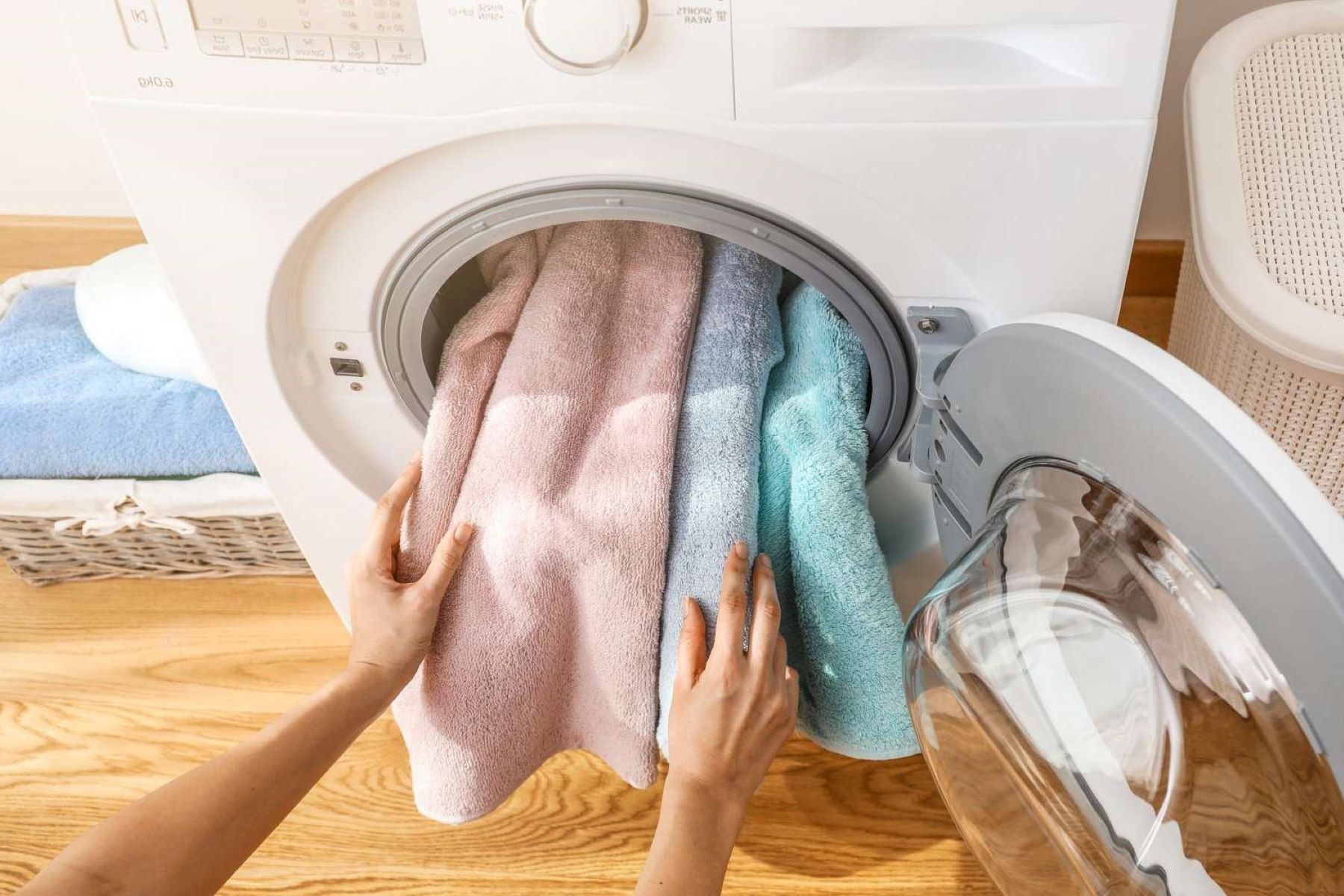
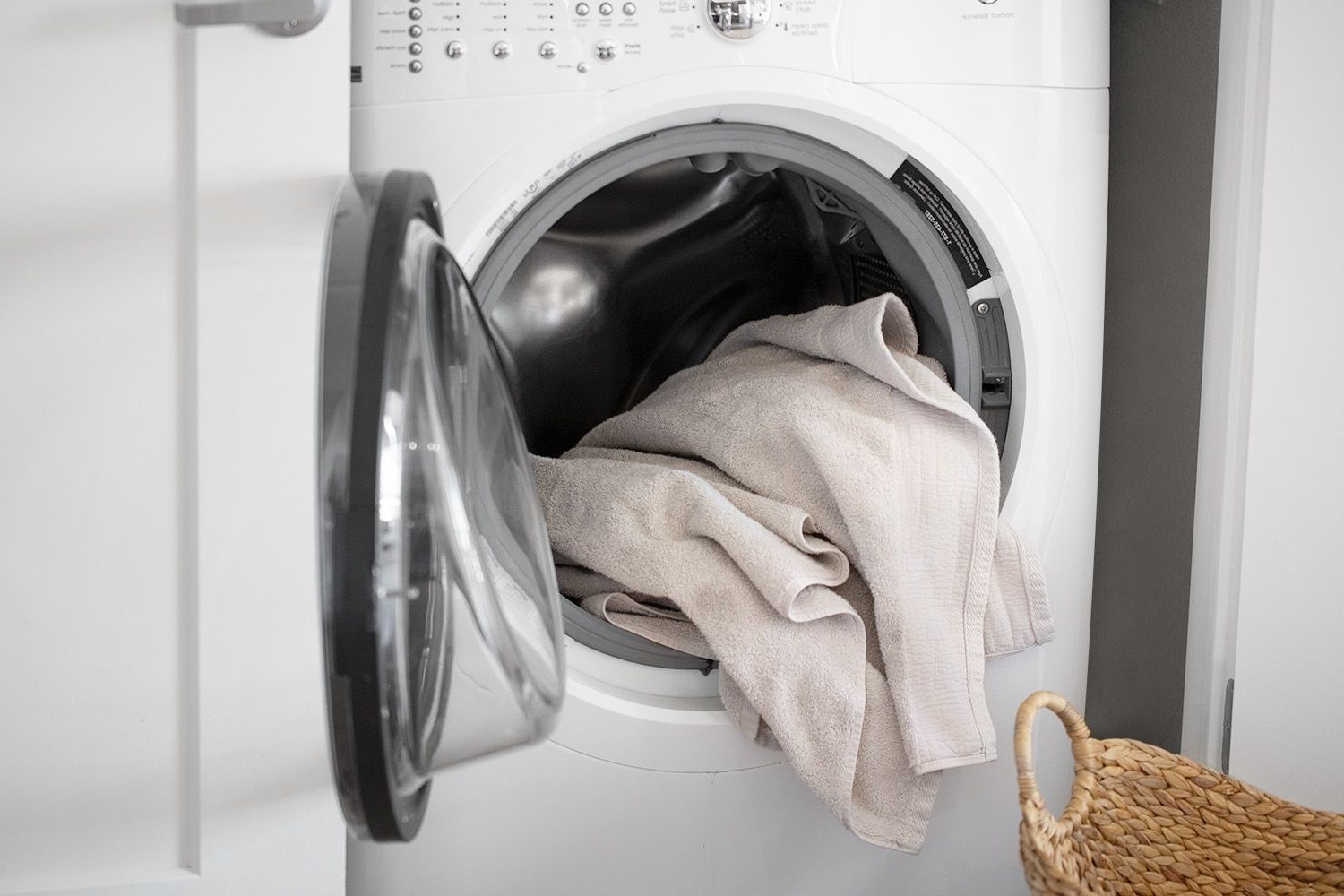

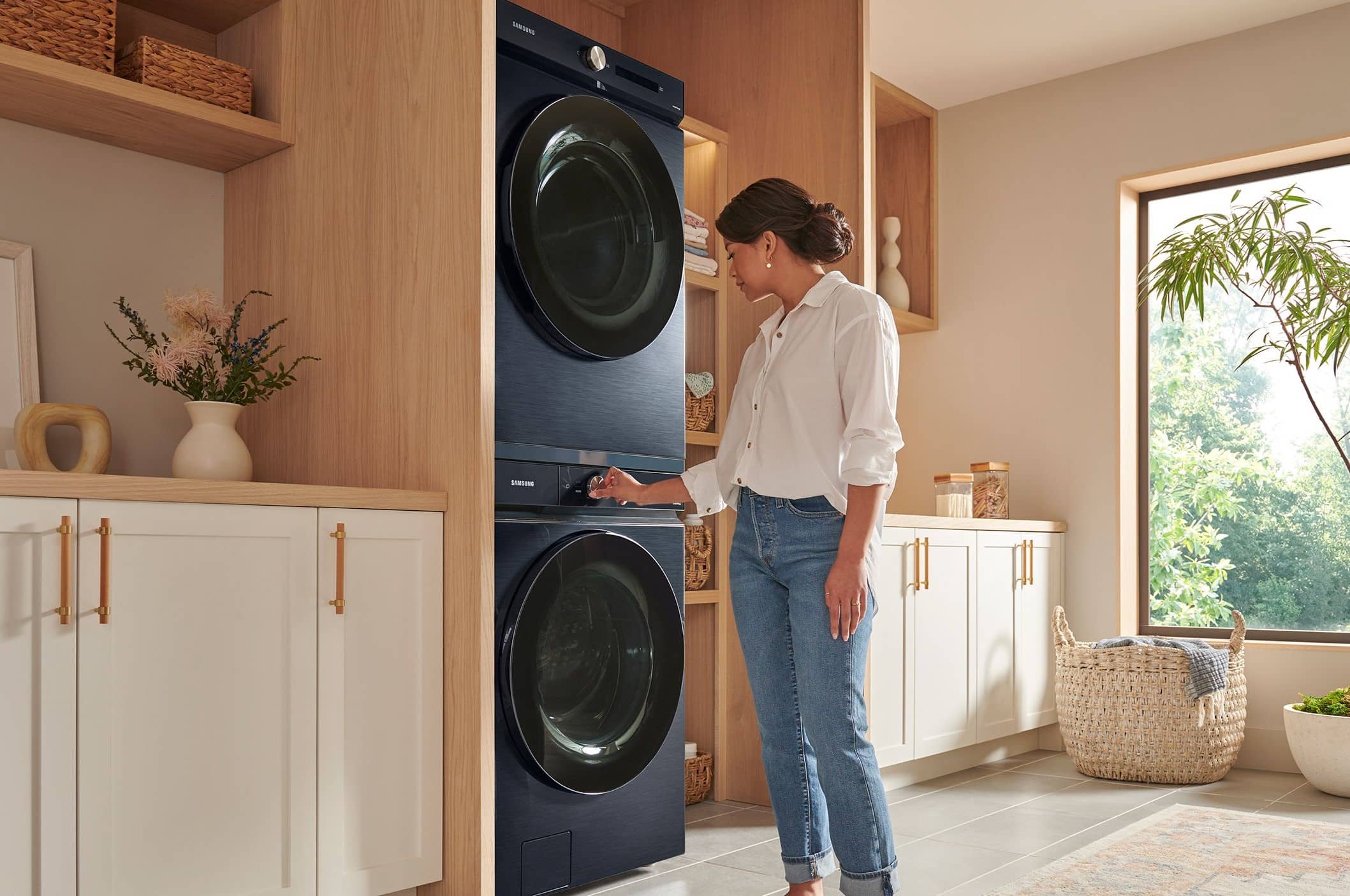
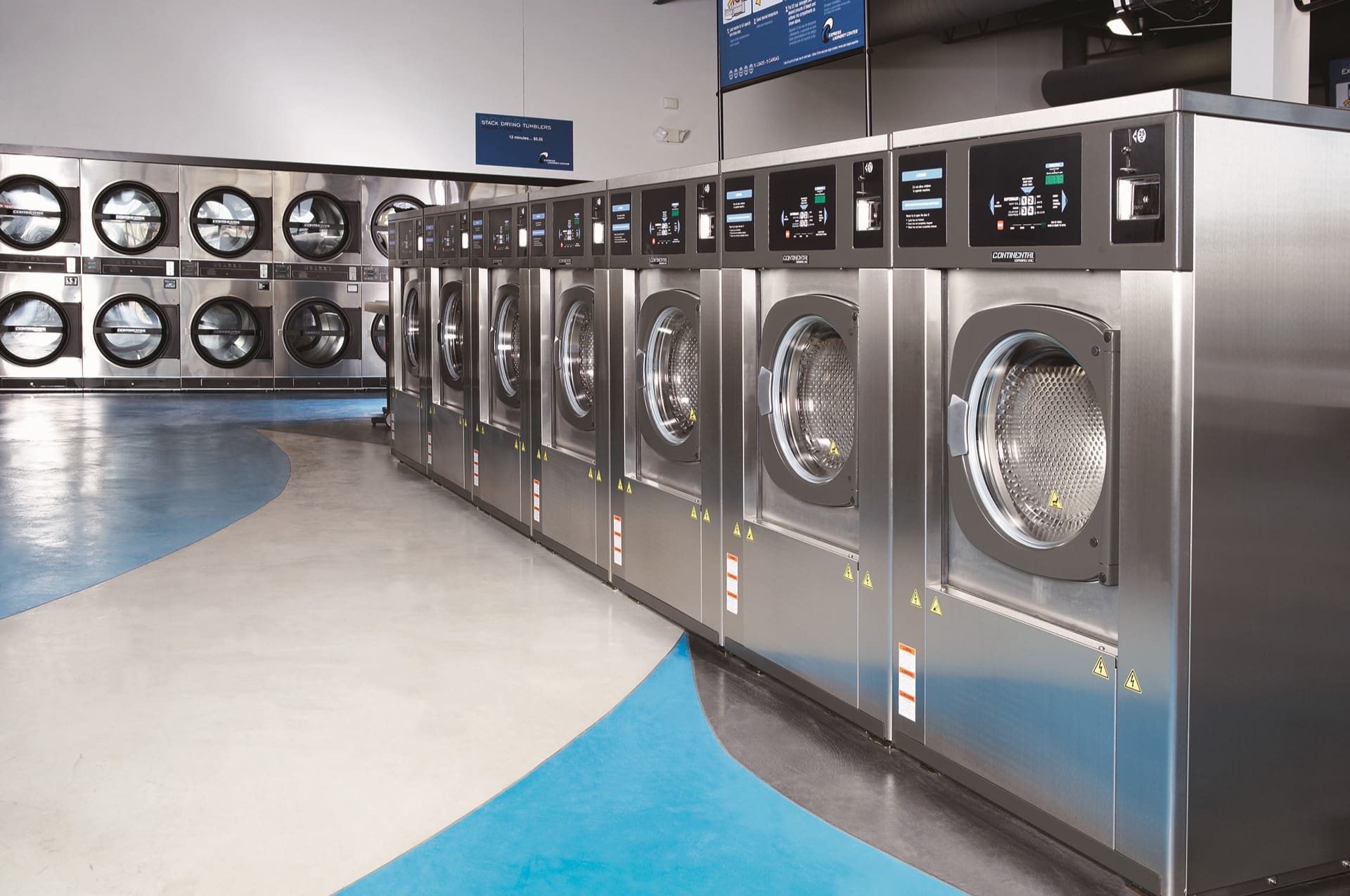
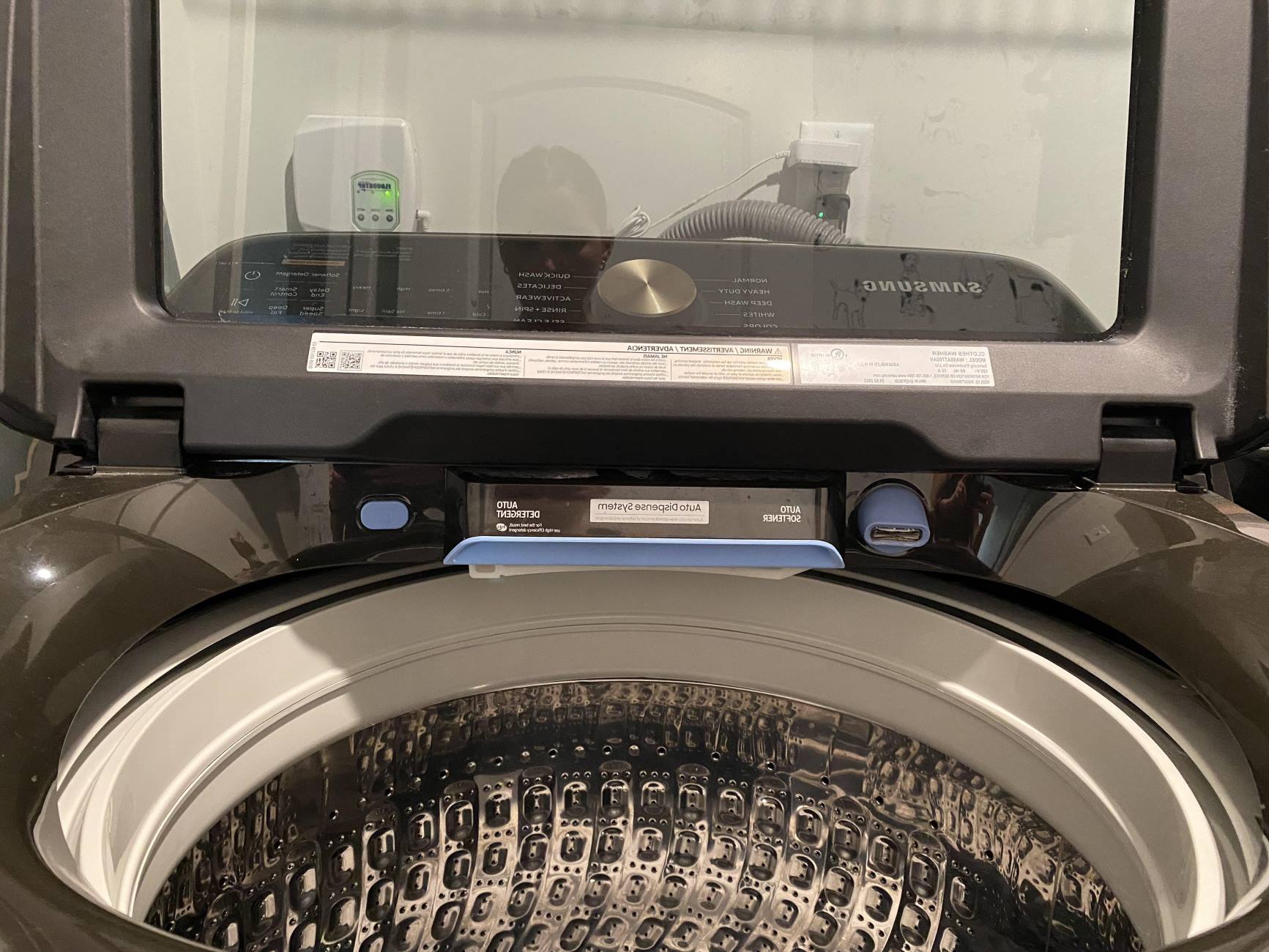

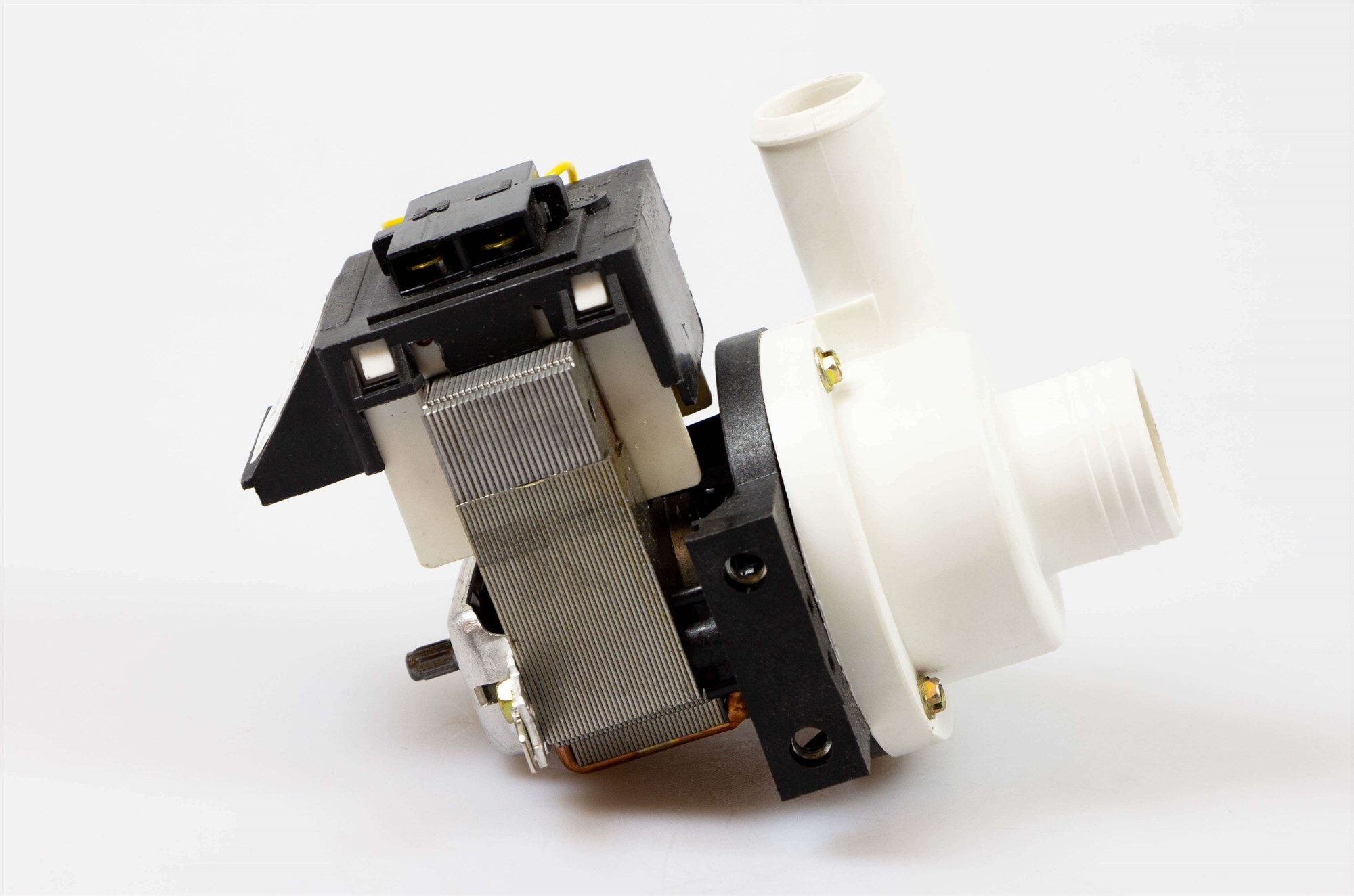
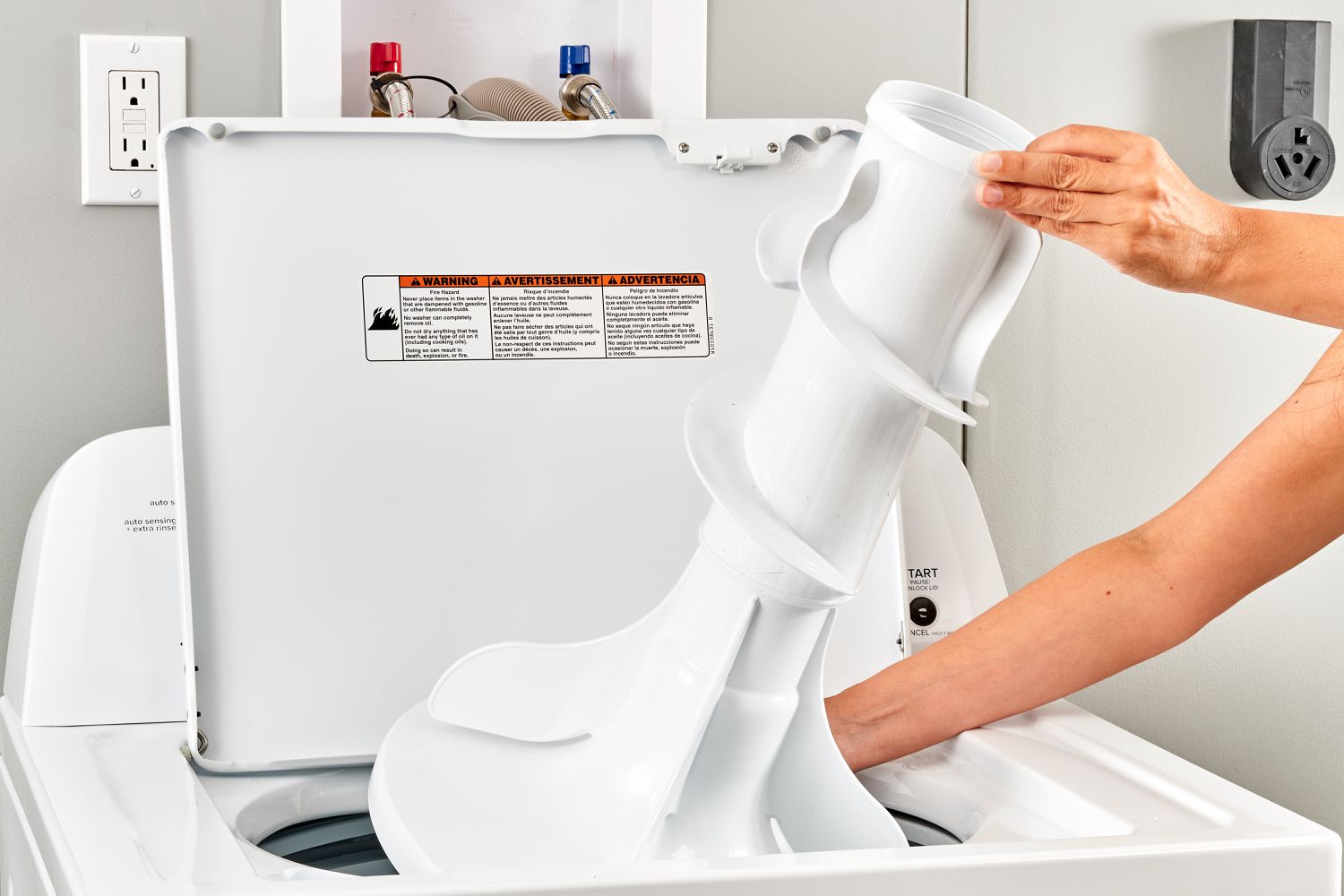
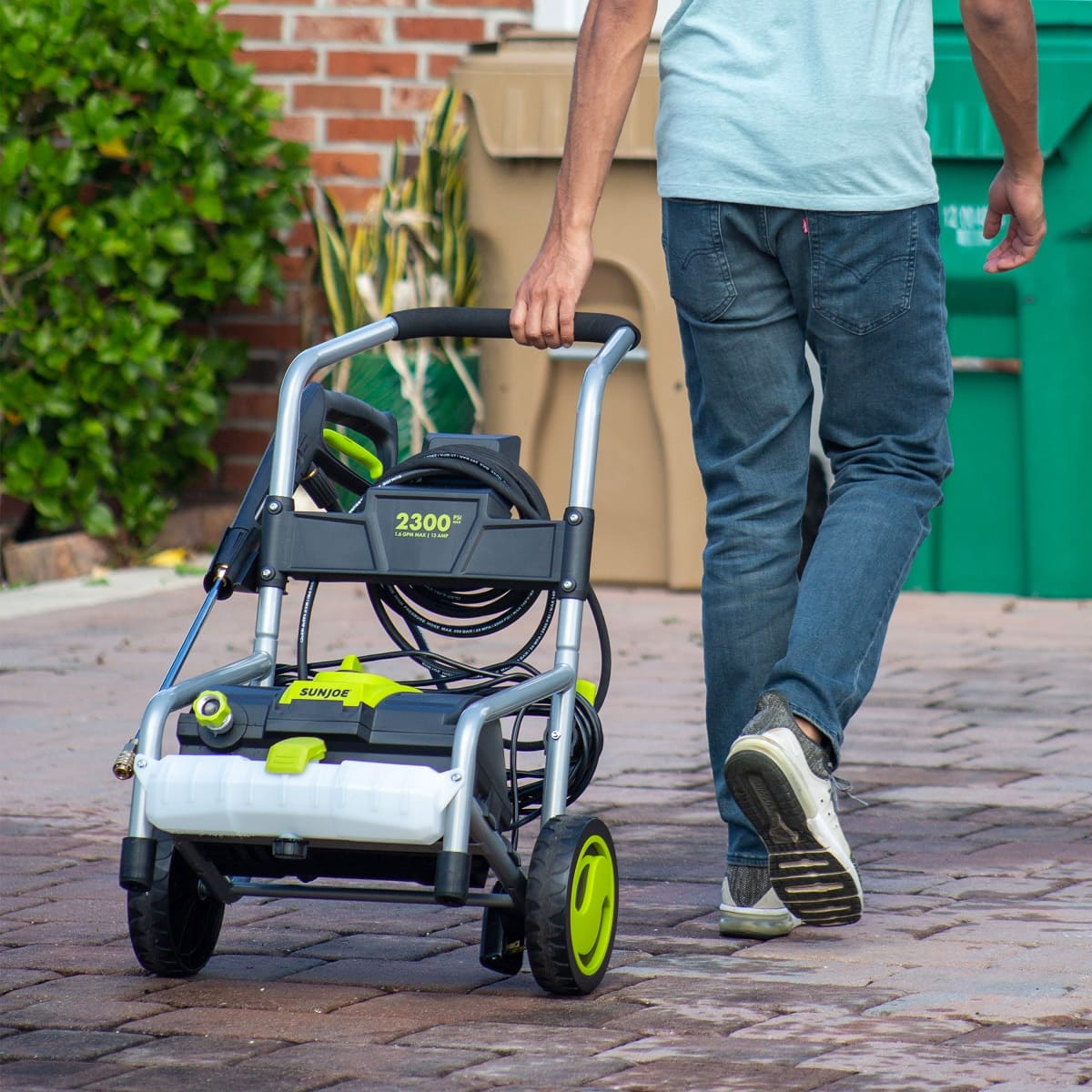
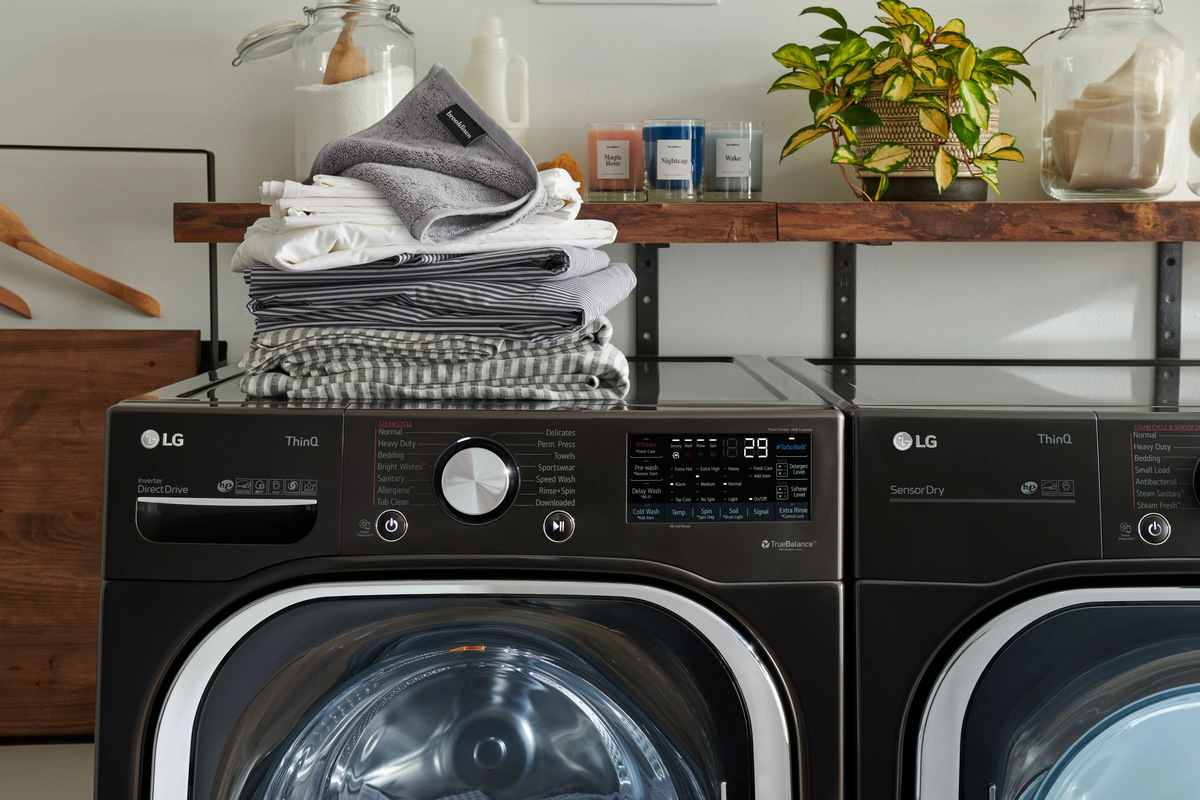

0 thoughts on “How Does A Coin-Operated Washing Machine Work”